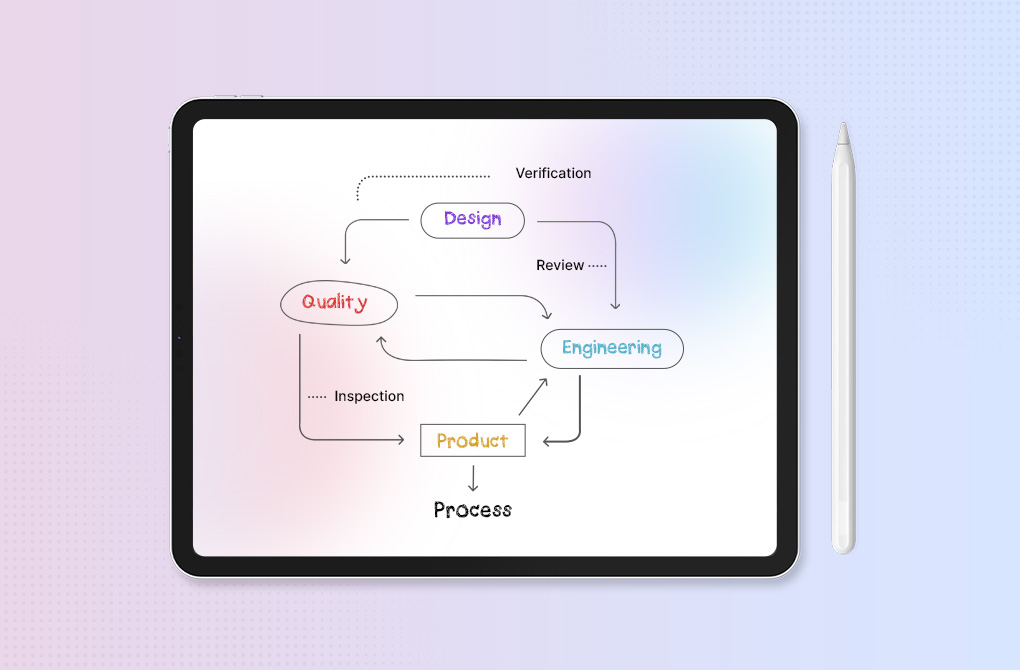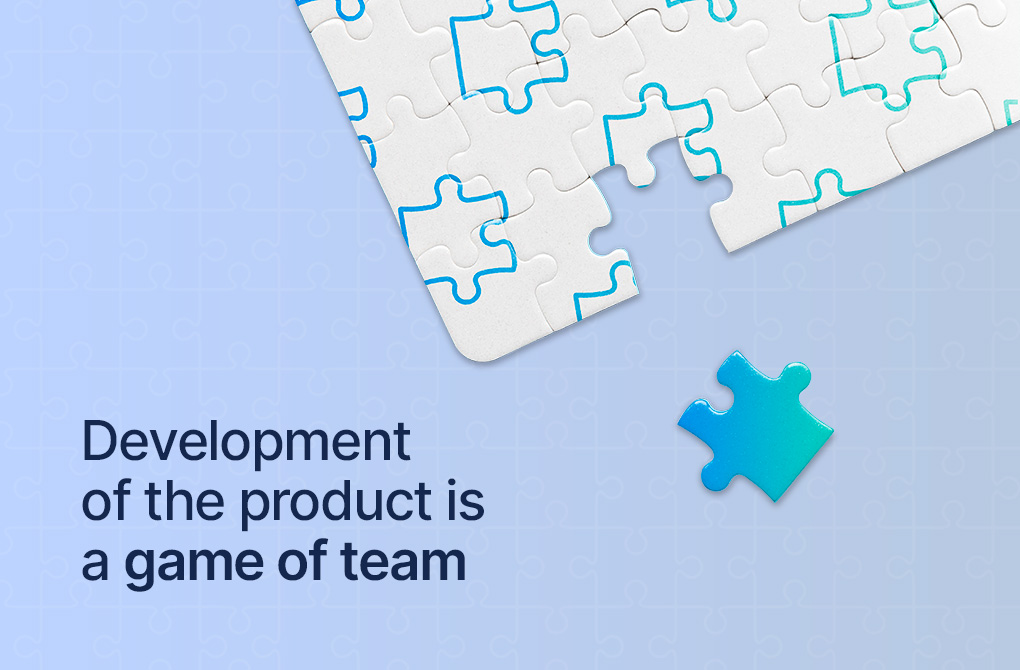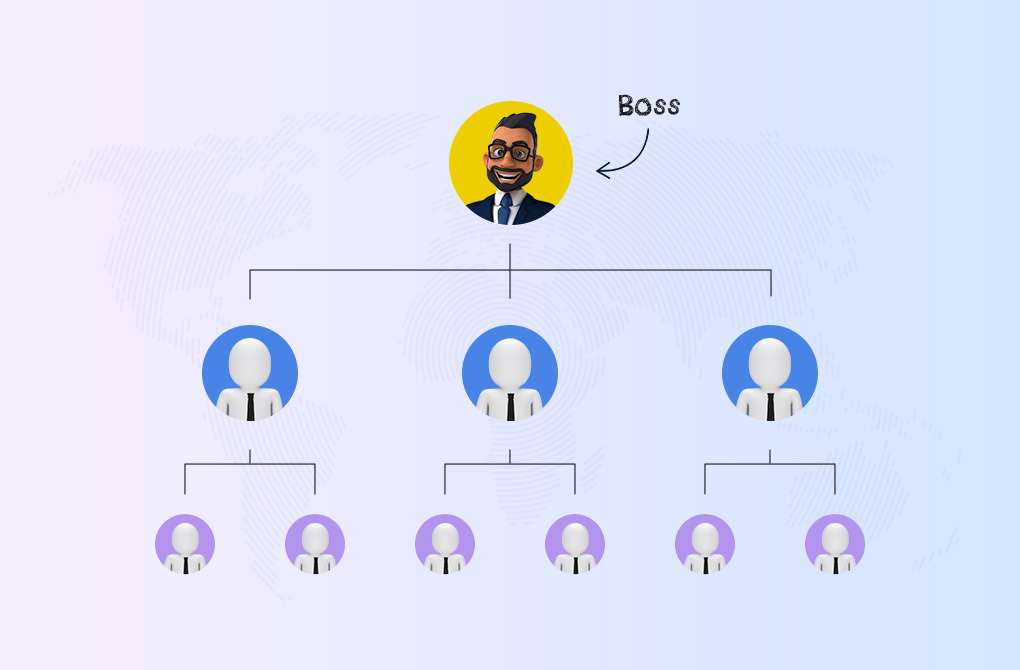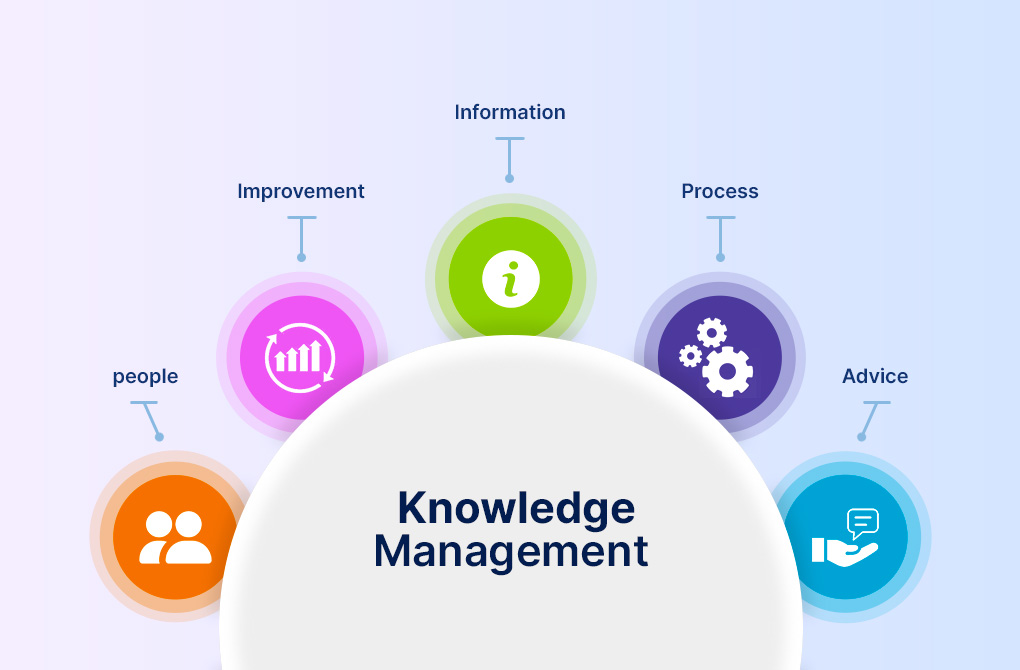Keep your Eye on Factors of Success for New Product Development
New products are introduced to the market on a daily basis. There are always two sides to every story, so while we can’t create a formula to guarantee the success of every product, we can surely try.
A product is the result of many different factors, and since we get involved in so many different things, we have involved web services around ourselves. As a result, we could become caught up in pursuits that are unrelated to the success of the product.
Each year, the creation and introduction of new products cost millions of dollars. Although there are always new products available, the majority of them fail.
Fact: Only one in five items will be successful, and even fewer will last for a very long time.
A successful product achieves the objectives of the designers while also delighting the user. To be more precise:
- Drives natural traffic
- It is marketable
- Engages customers
- Is frequently used by them
The success of a product depends on its capacity to satisfy user needs, and it should offer them a lot of value.
If done well, the messaging and the value of the product will draw the buyer to it. The success of a product over the long run, however, is also influenced by the product experience.
How To Go About Creating Products
There are no stupid ideas, thus teams should be encouraged to be as imaginative as they can during the ideation phase. That does not imply, though, that every suggestion must move on to the next level. There will be only selected few winners after extensive planning.
Ideas shouldn’t be analyzed separately. Consider your company’s portfolio as a whole while deciding on items. Only a few high-risk products and a few obvious, low-return products should be in your portfolio.
Factors of Success For New Product Development

When you start any new thing, you should very well know about the factors that drive success. So, here we compile all the factors that affect the success of new product development.
1. Choose Unique Products
A marketing tactic intended to gain attention to your products and business is having a differentiated product that is distinct from the competition. You must recognize and convey your product’s distinctive traits as well as emphasize how it differs from the competition’s to properly differentiate it. If you additionally create a compelling value proposition, your product will effectively appeal to your target market.
Consider your company’s brand as a product, just as you should with your own. Successfully differentiating your products will provide you with a competitive edge and increase brand recognition. Tesla is a great example of a product that stands out from the competition because it approaches the car from the standpoint of electrical engineering rather than mechanical engineering.
2. Development of the Product is a Game of Team

Teams of individuals from several departments within an organization typically get together while developing new products. It is strongly proposed that these multicultural teams are more successful and innovative than more standardized ones.
Teams’ ability to function as a unit is a key component of their success, and designers who are a part of such a team have a role to play in this. While the design team cannot be held accountable for the acts of others on the team, they are entirely responsible for their activities. Professionalism and leadership can be demonstrated by any team member, even those without official leadership or management duties.
3. Well-planned Process is Key to Success
It’s crucial to have defined design and development processes. A methodology for working that is well understood and accepted by all members of the product development team is very likely to yield better results than those created with no formal procedure, even though they may be adjusted to match particular situations.
When a process doesn’t yield the best outcomes, the design team can change to it with their creativity and efforts. Normally, they will have some input into these procedures. The design team has minimal influence on how other teams carry out these processes. One of the few instances, where it is reasonable to state that failure was entirely beyond the design team’s control, is when other teams’ execution fails.
4. Do Pre-development Work Carefully
Developing new products frequently makes use of the analogy of building a house. People frequently use the phrase “laying solid foundations” to emphasize a solid basis.
Everything about this is great, however, the process doesn’t start with the foundations. Making decisions on pre-development is necessary before you begin laying foundations.
- Exactly what product do you want to create?
- What steps must you take to develop the product?
Consider the future of your product when you respond to these questions. Think about the product’s architecture, design, and functionality before you lay a single brick. Additionally, make a note of the crucial strategic moments that must be attended to during the development process. This will enable your project to advance without costly errors.
5. Accurate and Prompt Product Definition
Before moving on to the development stage, the project team must define the product. As you define the product, keep the following factors in mind:
- Target audience: Who wants your product and it comes in their requirement?
- Product Concept: What will the product be and how will it function?
- The benefit of products for clients: How will it improve their quality of life?
- Consider competitor products and your desired price when positioning your brand.
- Product specifications, such as features and high-level needs.
6. The Appropriate Organisational Framework

In determining a company’s culture, values, and success, the organizational structure is crucial. It is at the core of making a business work smoothly and is arguably the most important factor in business success.
When a business gets it right and uses the proper structure, it will inevitably fulfill crucial goals and see important outcomes. Employees can sense organizational structure, and when this structure and work environment are in harmony, wonderful goods can be produced.
7. Time is of the Essence! However, not at the Cost of Quality
Speed is everything, not slow and steady wins the race. Typically, the race is won by the one who crosses the starting line first. The second product to market, it is argued, has an advantage because it can learn from whoever came first’s mistakes. Despite this, the pioneer typically prevails.
They have a success record of about 70% on average, and first-to-market items are typically more lucrative.
Nevertheless, rushing to create and market a product in no way ensures its success. Swiftly moving through the product development process, taking shortcuts, and making snap decisions are guaranteed ways to produce a terrible product. It is better to take a bit more time and develop something thoroughly and methodically rather than rushing through it.
Focus on sustainable methods of product acceleration of obtaining all the data required to execute the launch successfully the first time.
8. Technology is Important to watch out
The product must be produced and delivered using technology that is appropriate for the market. The design team will probably be able to influence the development teams’ choice of technology, even though it is doubtful that they will have the final say in budget or appropriation decisions for technology.
For instance, expensive hardware and software requirements will prevent a product from reaching the consumer market, but they might not be an impassable barrier for the government or business sectors. The end users must be considered when selecting a technology.
9. Knowledge Management is Must

Knowledge is treated like gold dust and protected by its owners as they would steal goods in many organizations today. Unfortunately, the development of knowledge silos like these prevents knowledge from being useful.
Data from market research, for instance, can be very helpful to a design team – but only if they have access to it and it isn’t stored safely and secretly in the marketing division. The marketing team can also benefit greatly from user research data, but only if they have access to it.
Structures for knowledge management will typically be outside the remit of the design team. Nothing, however, prevents the design team from supporting open knowledge management architecture or even convincing top management to do so.
10. Analyze Your Marketing ROI Data
You can learn more about clients’ preferred strategies by looking into your company’s branding strategy.
Your company may make wise judgments and changes by knowing the return on investment (ROI) of your marketing strategies.
EndNote
The process of creating and commercializing new products begins with new product development. It speeds up product development and cuts costs associated with the launch. These ten keys to new product development will ensure lesser risk, a faster time to market, cheaper launch costs, and a product that is overall more functional and of higher quality. The approach enhances how well process and product design are integrated with strategic goals, increases organizational performance, and offers a foundation for deploying design technology successfully.
A complex process goes into creating a product. Everybody could benefit from assistance from the ideal spouse. It will be possible for you to concentrate on early concepts, pricing points, and sales if you collaborate with LinkSture team that has robust in-house design and development skills. Just reach us with your idea and then turn them into real things that buyers want to buy.